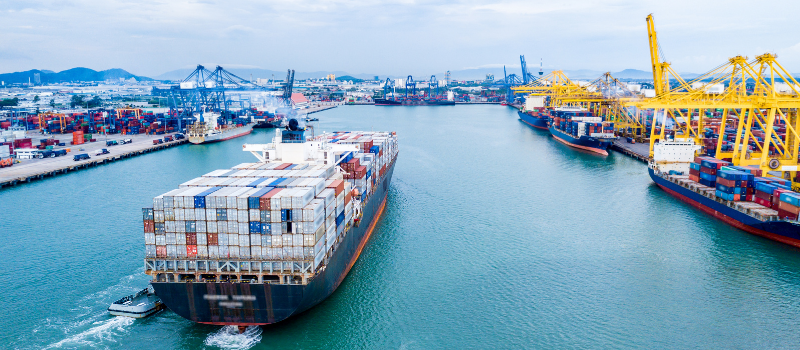In a major disappointment for importers of goods from China who were hoping that the Biden administration would change the course of Trump’s U.S. trade policy with China, United States Trade Representative (USTR) Katherine Tai indicated on October 4, 2021 that the Section 301 ad valorem tariffs of 25% and 7.5% (depending on each item’s tariff code) will remain in place. Tai did indicate that the tariff exclusion process would be reimplemented. However, she did not provide specific information or details as to when this would occur. The highly anticipated address followed a lengthy internal policy review by the Administration. This review was expected to shed light on the strategy for China moving forward.
Tai pointed to China’s continued state subsidization of key industries that has harmed workers in the U.S. and other countries. These industries include solar panels and its current focus on semiconductors as reasons for continuation of the tariffs.
China has failed to meet its commitments under the “Phase One” agreement it previously entered into with the former Trump administration with regard to the purchase of U.S. agricultural products. The Biden administration will not pursue a phase two agreement. This is because little optimism exists for further negotiations to try and change Chinese behavior on industry subsidization, which is the primary source of contention.
Tai would not state whether the U.S. has plans to initiate another Section 301 investigation if China does not change its position regarding industrial subsidies. However, Tai said that Section 301 is a very important tool for trade enforcement. Tai said she intends to speak with her Chinese counterpart in the near future.
The tariff exclusion process in 2019-2020 allowed U.S. importers the opportunity to remove certain products from the imposition of Section 301 tariffs if the product was not available from non-Chinese sources and the tariffs created an economic hardship. The exclusion requests were filed with USTR, which determined on a case-by-case basis whether to grant the exemptions. All previously granted remaining exclusions expired on December 31, 2020. Although details have not yet been provided, the reimplemented exclusion process will likely be similar to the previous process. Importers should closely monitor announcements from USTR regarding the reimplementation of the exclusion process. Importers should also monitor other announcements such as filing dates and deadlines for the exclusion petitions.
How we can help
For now, Trump’s U.S. Trade Policy will remain in place. We can assist importers with the preparation and filing of exclusion requests with the United States Trade Representative. Should the exclusion request be granted, we can assist with file administrative protests for the refund of duties should the exclusions be effective retroactively. We can review the tariff classifications for products to determine if a previous tariff exclusion was available. We can also help determine if any refunds can still be claimed based on the entry date of the merchandise.
More information can be found at https://ustr.gov/
